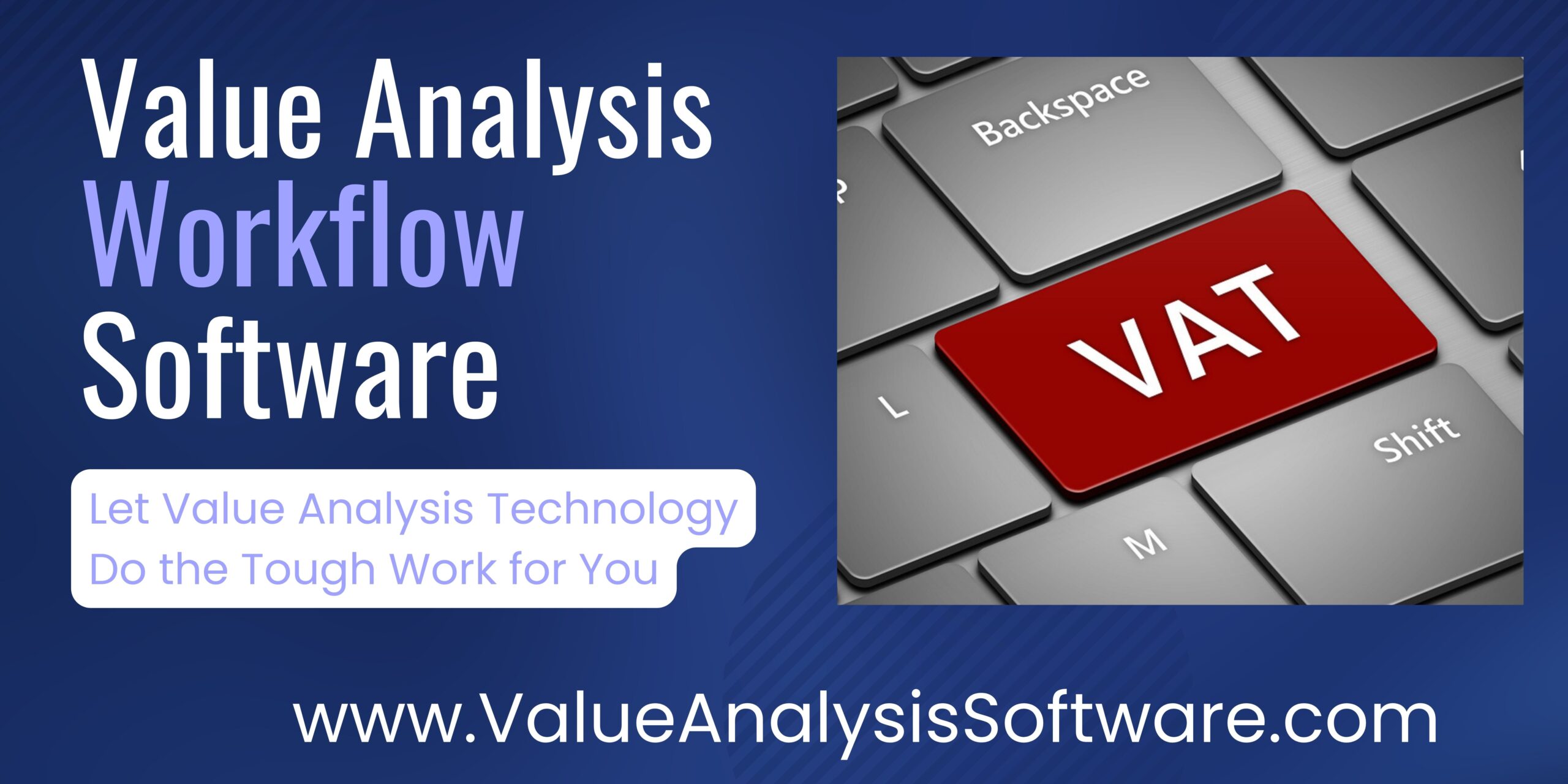Every chief financial officer at every health system wants more savings from their supply chain organization and even more so today with the challenge of inflation hitting our marketplace. Don’t be surprised when you are tasked with bringing about some quick savings for your CFO to add to their bottom line savings report as well as removing these dollars from the respective departmental budgets. One of the best ways to be prepared for this next level of savings demands from your CFO is to start to venture into the realm of clinical supply utilization management (CSUM) that can yield your organization an additional 7% to 15% in overall budget expense. This is all beyond the contract pricing and standardization that you have in place.
Up to 15% of Additional Savings is Available!
Clinical supply utilization management is geared towards patient volume centric metrics compared to historical, cohort, or system-wide key performance indicators on an ongoing basis. This will show you at any given point of time where 7% to 15% of savings beyond price is hiding. Knowing where the dollars are hiding and of course where the dollars are not going to bear fruit is important as your time is limited and you will want to focus on a proven savings opportunity instead of blind luck.
What Are We Looking for with CSUM?
CSUM savings are more than likely from waste, inefficient use, feature-rich products, or even just from not getting the full value of life cycle use out of a product that you require. CSUM is the system to identify, track, and follow-up before, during, and after the value analysis study is performed. This all sounds easy on paper but there are some best practices that I would recommend you follow before you jump into CSUM with both feet.
1. Get the Data Right – An ongoing goal for supply chain organizations is to get their data together into a working format. How do solutions providers like my firm, SVAH Solutions, find a way to enhance our clients’ data? Well, we create separate databases that we enhance with improved categorization, normalization, and cleansing that puts a sharper eye on the reporting you use. If you are only working from your own Masterfile, then I can easily tell you that there will be data challenges because the “too many hands in the pot” syndrome occurs. Many are constantly updating your product master files and vendor profiles. We have found that up to 17% to 29% for each monthly download we receive has changed. We then have to run it through our categorization, normalization, and cleansing process in order to keep up with the previous data you have provided us.
Why all this work when you have it right in your own active systems? When performing clinical supply utilization reviews with key performance indicators and cohort benchmarks, we have found that even if just one or two line items are off, the end customers and stakeholders you are presenting to will automatically discount what you are showing them. To avoid this, you need to get your data right in a systematic way that works every time.
2. Be Consistent in Your Approach – When you start establishing your methods, benchmarks, and key performance metrics, you don’t want to bounce around all over the place with this best practice here and another there. Keep in mind, benchmarking is really activity-based costing which is an accounting-based principle we are using and is thus a standard with decades of use behind it. Your budget is activity-based costing whereby they are projecting the volumes of each department against the spend and labor costs to the organization. You will be doing the same but only looking at supplies and services.
By using the activity-based costing model, or as I refer to it, patient volume centric metrics and key performance indicators, you will have a rock solid foundation in order to build from no matter what product, service, or technology you are analyzing/tracking.
3. Once You Have a Savings Opportunity, Start with the Easy Low-Hanging Fruit First – Now that you have some sort of targets that your benchmarks and key performance indicators are pointing towards, you are going to want to select one of the easy ones to perform your value analysis study on. This may sound like a no-brainer, but sometimes getting your feet wet and learning the ropes of the clinical supply utilization game for you and your customers and stakeholders is best. I know you are tempted to go after a nice big juicy savings opportunity that could be a few hundred thousand dollars, but you need to learn the dynamics of clinical supply utilization. Here are my recommendations you should stick by:
-
- Stay Away from House-Wide Use Products – Even though these may seem like a no- brainer, such as pulse oxisensors or exam gloves, these are used universally throughout the organization with varied functional use patterns. Pick a product more specific. For example, if MRSA lab test kits are running 33% over in cost per admission, you can focus on just that one set of products (maybe five SKUs) and uncover the utilization pattern that is causing the cost increase.
- Avoid Going Into Junior Buyer Mode – Many times when we get into clinical supply utilization targets with customer value analysis teams, some of the project leads immediately want to start bidding, renegotiating, or changing the products without truly understanding the why and where of the utilization misalignment. I have been working with CSUM for 20 years and rarely have I ever recommended a change in contract. It just isn’t necessary.
- Find Out the Root Cause(s) – The simplest thing to do with CSUM is to find out why and where the savings opportunity is occurring. Don’t be naïve, it may happen more than once in a department and/or clinical unit.
Once you get your CSUM System in place, whether you buy one or create one yourself, you will find that you not only use this system on value analysis savings studies but quality and new product request auditing as well. Plus, it will now all be ready for your CFO at any given point in time if they are looking for major savings opportunities. You will be prepared, and you never know, those savings areas that you wanted to get into but perhaps had your hands tied could open up and you will be ready for them because you have your own CSUM reporting system in place and can make a case for positive clinical change!
| About Robert W. Yokl, Sr. VP of Value Analysis & Supply Chain Solutions |
|---|
| Robert is the Program Leader for SVAH Solutions that provides value analysis, clinical supply utilization, and savings validation tools to help organizations to gain the next level of savings beyond price and standardization. https://www.SVAH-Solutions.com https://www.SavingsValidation.com |
Articles you may like:





